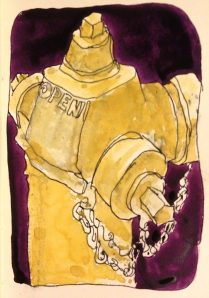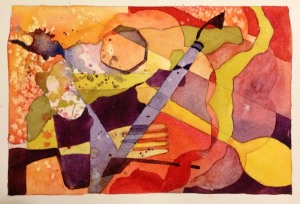
Every now and again I will post this reminder. I no longer post to this blog on a regular basis. Because there is so much useful information on this Creative Color blog, I am keeping it live on the internet and will link to it on occasion. I now post to my blog on ExploreWithChrisCarter.com where you will find fabulous online courses, free videos and a plethora of great information about watercolor techniques, travel sketching, living a creative life and seeing the world as an artist.

To view my art, visit ChrisCarterArt.com.

Recently, I’ve added Mini courses to the online options. These short classes, that also present a project for you to create, are available on both Skillshare and ExploreWithChrisCarter.
Anything specific you would like to know more about? … a technique? … a tool? packing light for travel? Please let me know.
Happy sketching, drawing and painting!
Chris Carter















